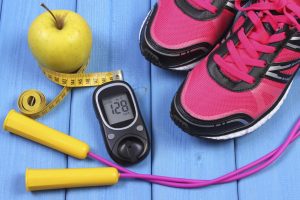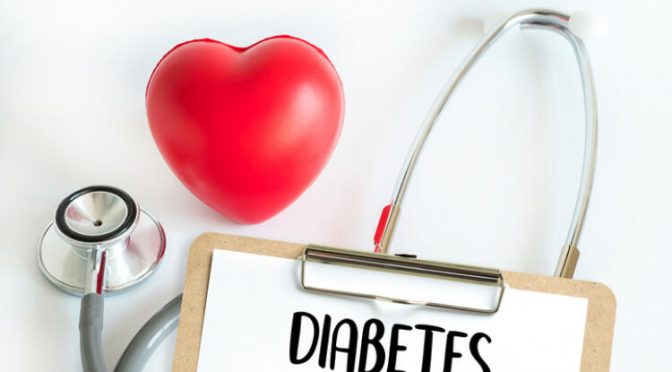Regular exercise can be great for keeping strong, keeping fit and improving our mental health. But what about helping out with the ability to manage blood glucose levels for diabetes? Guess what……. It helps out with this too! Exercise is just like medicine when it comes to optimising our blood glucose levels into a target range.
How can exercise help with Type 2 Diabetes?
When we exercise, our muscle cells open up a door that allows for glucose in our blood to enter into the cell to be utilised for energy. This leads to a reduction in blood glucose levels that can last for up to two or three days. If we are consistent with our exercise, this will prolong the time and our ability to have blood glucose levels in an optimal target range. Furthermore, if we exercise and increase our muscle mass, this will also lead to an improvement in our ability to utilise blood glucose as we have more muscle cells to take up the glucose!

General exercise recommendations:
Aerobic
1. If you are new to exercise, begin with 10 – 20 minutes of light aerobic activity such as walking, cycling or swimming on most days of the week.
2. Over time most adults with diabetes should aim to engage in 150 minutes or more of moderate-to-vigorous intensity activity weekly. This can be spread over at least 3 days per week, aiming to have no more than 2 consecutive days without activity.
3. Shorter durations (minimum 75 min/week) of vigorous-intensity or interval training may be sufficient for younger and more physically fit individuals.
Resistance training
1. Adults with diabetes should engage in 2–3 sessions/week of resistance exercise on non-consecutive days.
2. Aim for 1 – 2 sets of 8 – 10 repetitions initially when beginning a new resistance exercise program, and gradually build up to 2 – 4 sets of 8 – 10 repetitions. Choose between 8 – 10 exercises.
3. Exercises that utilise big muscle groups are recommended to make sure we utilise more muscle to soak up that blood glucose! Big muscle groups include leg press, chest press and lat pull down.
It is recommended to speak with your general practitioner or Exercise Physiologist before commencing any exercise program.
Adrian Draper – Accredited Exercise Physiologist
Colberg, S. R., Sigal, R. J., Yardley, J. E., Riddell, M. C., Dunstan, D. W., Dempsey, P. C., Horton, E. S., Castorino, K., & Tate, D. F. (2016). Physical Activity/Exercise and Diabetes: A Position Statement of the American Diabetes Association. Diabetes Care, 39(11), 2065–2079.
Hordern, M. D., Dunstan, D. W., Prins, J. B., Baker, M. K., Singh, M. A. F., & Coombes, J. S. (2012). Exercise prescription for patients with type 2 diabetes and pre-diabetes: A position statement from Exercise and Sport Science Australia. Journal of Science and Medicine in Sport, 15(1), 25.


